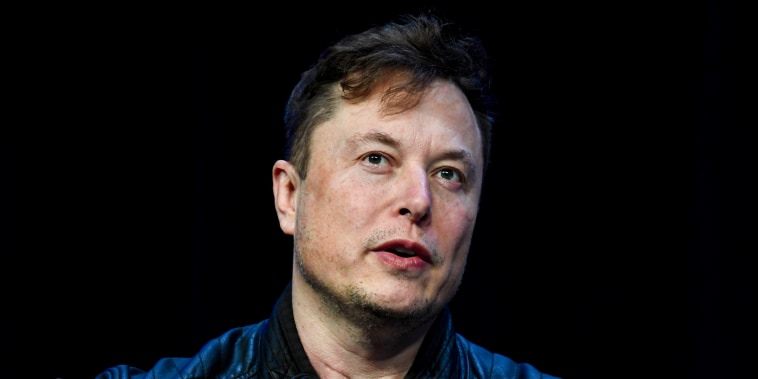The trials that Tesla Inc. has undergone this year are not insignificant, and one can see it in the changes in the number of their employees. Tesla’s workforce downsizing in 2021 is reported to have gone beyond Elon Musk’s predicted 10% and has indeed contracted by at least 14%. Such a situation has a profound effect on the company, its operations, and the people left behind, and to understand it better, one must delve into the why and how of this occurrence.
To begin with, it is critical to comprehend why this change was deemed necessary by Elon Musk, the CEO of Tesla. In a shareholders meeting held earlier this year, Musk communicated how the company had had to make challenging decisions to remain profitable. Amid a pandemic that disrupted global economies, Tesla was not immune to the challenges posed, and the decision to lay off some of its employees was a step towards mitigating these effects to ensure long-term survival and growth. Musk’s expectation of over 10% layoffs was his attempt at navigating Tesla through rough fiscal waters by adopting the strategy of lean management, a common phenomenon across many global companies during hard economic times.
The resulting 14% workforce reduction was a more significant cut than initially projected by the EV pioneer’s CEO. Distributed across various departments and geographical locations, these layoffs have resulted in a reduction in Tesla’s total workforce from approximately 70,757 employees at the end of 2020 to a rough estimate of 60,700 at the end of 2021. This shift is a discernable change in the company’s organizational structure with implications on its operations, both negative and positive ones.
On the negative side, the shrinkage in Tesla’s workforce is, without a doubt, going to strain the remaining employees. As job responsibilities increase to fill in the gaps left behind, there may be a rise in the overall stress levels. This situation can lead to potential increases in employee burnout and turnover, further complicating the staffing issue. Also, this contraction may slow down the production and delivery rates, impacting potential sales during a time when every penny counts.
Conversely, there can be positive outcomes resulting from downsizing. Tesla can expect to see significant savings in operational costs, which will boost the bottom line during a financially strapped period. Furthermore, the COVID-19 pandemic has highlighted the need for businesses to increase their digital and automated operations. This trend, coupled with Tesla’s leadership in automated manufacturing, may lessen the impact of the layoffs and possibly streamline operations further.
However, gleaning the ultimate impact of Tesla’s downsizing requires attention to developing events and trends, as well as an understanding of the competitive business landscape. Nonetheless, workforce reduction is not uncommon in a dynamic business world, especially during financially challenging circumstances. Tesla’s decision to contract by 14% instead of the projected 10% should be viewed and critiqued in the context of the company’s long-term survival strategy.




